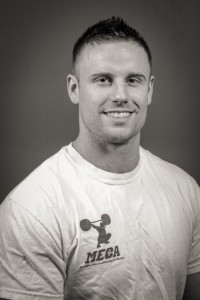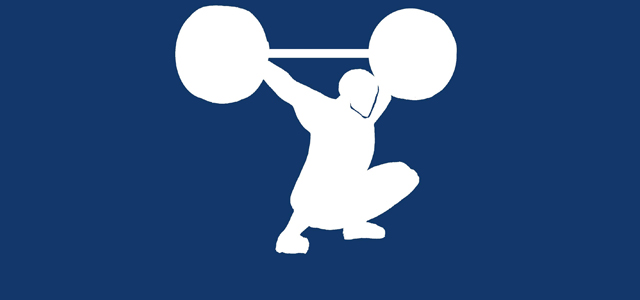Lawrence: Making hockey players faster (Part II)

By David Lawrence –
In Part I of making hockey players faster on the ice, I discussed the importance of getting stronger to get faster. This is something that just cannot be overlooked for someone who is really trying to accelerate his or her game and reach the next level. Adding slabs of muscle and getting stronger is of the utmost importance in order to improve in the sport of hockey. I really want to make sure that all of our readers understand this because without strength it is very difficult to overcome inertia and to win in the first three steps on the ice. Hockey is a game of three-step bursts. If you don’t have the strength to get your body moving, accelerate, decelerate, or to change directions, everything else we talk about is pretty much useless. That being said, there are a few secrets and methods that will completely take your game to the next level if done properly. Let me introduce you to Olympic lifting and plyometrics. When they are combined I like to call them “complex training”. In this article I will exclusively be discussing complex training and how it is properly used.
Complex training helps ignite the nervous system and teaches the body to take the strength that it has gained through training and display it rapidly. This advanced form of training is very beneficial for someone who is strong and has proper structural balance.

There are many forms of complex training. For example, you could squat and then do box jumps, or you could do a chin-up and then perform an overhead toss with a medicine ball. I like these versions but I also like using variations of Olympic lifts and then adding plyometrics. Again, this is a very advanced form of training and should be done under the supervision of a qualified coach. I like to use this technique towards the end of a three-to-four month off-season training cycle. This would not be the first thing a hockey player does after the season is over. I see incredible mistakes in training programs where hockey coaches who are not strength coaches give their players plyometrics throughout the whole off-season because they have heard that it will make them faster, when in all actuality it many times ends up burning the athlete out or worse, injuring them. Again, you really have to know what you are doing with this kind of method. But if you do, and use it properly, the results are incredible. After one month of using this training program it is not uncommon for an athlete to increase their vertical jump by three to four inches in four weeks.
Here is a video of Adam Fenton, one of my athletes that is training at MECA and performing complex training with Olympics lifts, then going into jumps. The first 30 seconds of the video is him warming up so just skip to it if you want to get right to the good stuff.
Did you miss David Lawrence’s first ‘How to make hockey players faster’ blog? Check it out here.

